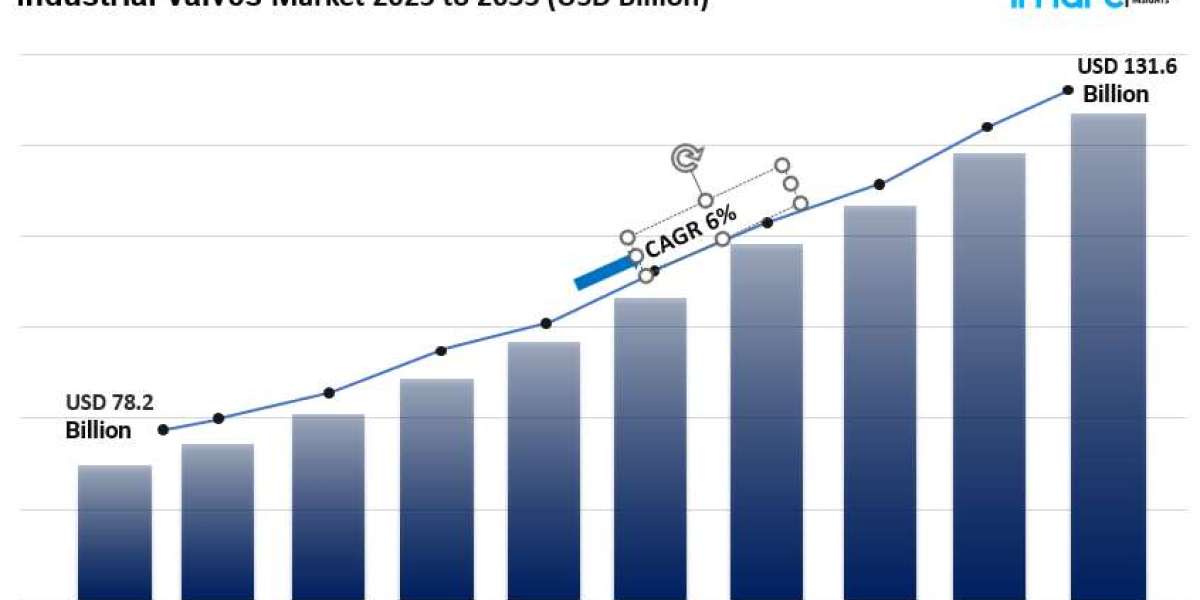What You’re Missing in MTBF Calculation That Impacts Reliability?
In any maintenance program, MTBF calculation (Mean Time Between Failures) is a vital metric that helps assess the reliability of your equipment. It provides essential insights into how long equipment can operate before failing and helps predict maintenance schedules, reduce downtime, and extend the lifespan of your assets. If you're overlooking the details in the MTBF formula, it can significantly impact equipment performance and lead to costly operational delays.
Understanding MTBF Calculation and Its Role in Reliability
MTBF formula is not just a mathematical formula; it's a key component in your strategy for enhancing equipment reliability. To accurately calculate MTBF, you need to understand its relationship with downtime and operational performance. If the calculation isn’t done correctly or consistently, the reliability of your equipment could be compromised.
The mean time before failure indicates the average time a piece of equipment operates before breaking down. This metric is crucial because it helps organizations forecast failures and plan for maintenance activities before a breakdown happens. However, many businesses overlook the factors that influence MTBF, such as environmental conditions, usage intensity, and the accuracy of failure data.
Why MTBF Calculation Isn’t Always as Simple as It Seems?
On the surface, the MTBF formula appears straightforward — divide the total operational time by the number of failures. However, a closer look reveals the complexities that can affect your results. Some common errors businesses make when calculating MTBF include:
- Using incomplete data: If you don’t account for all failures or operational hours, your MTBF value will be skewed, leading to inaccurate predictions of equipment performance.
- Ignoring external factors: Factors such as environmental conditions, temperature variations, and even operator behavior can all impact equipment performance. Excluding these from the MTBF formula means you're not getting a full picture of your equipment's reliability.
- Lack of real-time monitoring: Without up-to-date data on equipment health, your MTBF formula might be based on outdated information, which can be misleading.
Common Mistakes to Avoid in MTBF Formula
Using Only Basic Failure Data
To calculate MTBF correctly, it’s essential to consider all failures, including minor and major ones. A failure could be a minor part replacement or a major breakdown, but both can impact reliability over time. Often, businesses ignore smaller failures or underreport them, leading to an inaccurate MTBF.
Neglecting the Importance of Context
The mean time before failure is not an isolated number. It needs to be contextualized with operational conditions, maintenance practices, and the history of the equipment. If you don't consider how frequently the equipment is used or the conditions under which it operates, your MTBF results may be misleading.
Failing to Track Downtime Accurately
Not all downtime is the same. Some downtime might be a planned maintenance shutdown, while others might be due to an unexpected failure. Accurately tracking both types of downtime ensures your MTBF formula reflects the real picture of your equipment's reliability.
Overlooking Different Equipment Types
MTBF formulas often differ from one piece of equipment to another. A heavy-duty machine may have a different MTBF than a more lightly used piece of equipment. It’s essential to track MTBF separately for each asset category to get more accurate data.
How Accurate MTBF Formula Improves Equipment Reliability?
When done correctly, the MTBF formula is an invaluable tool for predicting and enhancing equipment reliability. Here’s how:
- Proactive Maintenance: By identifying potential failures before they occur, you can schedule maintenance activities to avoid unplanned downtime.
- Cost Reduction: Accurate MTBF data helps you avoid unnecessary repairs by allowing you to perform maintenance only when necessary, saving on costs.
- Improved Equipment Lifespan: Regular monitoring and adjustment of MTBF formula helps you keep equipment running smoothly, increasing its operational life.
Steps to Ensure Accurate MTBF Calculation
To make sure your MTBF formula is correct, follow these best practices:
Collect Accurate Data
Always gather data on all equipment failures, including the failure type and duration. The more detailed the information, the more accurate your MTBF formula will be.
Monitor Operational Conditions
Pay attention to the external factors affecting your equipment, such as temperature, humidity, and environmental stressors.
Use Real-Time Monitoring Tools
Implement tools that provide up-to-the-minute information on equipment health. This will help you adjust your MTBF formula more accurately and in real-time.
Break Down Data by Equipment Type
Ensure you are calculating MTBF for individual machines or equipment categories, as different types of machinery will naturally have different MTBF rates.
Review and Adjust Regularly
MTBF is not a set-and-forget number. Regularly review and adjust your calculations based on changes in operations, maintenance schedules, and environmental conditions.
Conclusion
When the Mean time before failure equation is done correctly, it can drastically improve the reliability of your equipment and reduce the chances of unplanned downtime. However, if you're missing key factors in your MTBF equation or overlooking essential maintenance data, you're setting yourself up for costly equipment failures.
By focusing on accuracy and including all relevant data, you can ensure that your MTBF formulas are reliable and meaningful. This will help you plan better, optimize maintenance efforts, and extend the life of your equipment.
If you want to improve your mean time before failure calculation and optimize your equipment reliability, trust MicroMain's advanced maintenance tools to get the job done right.


